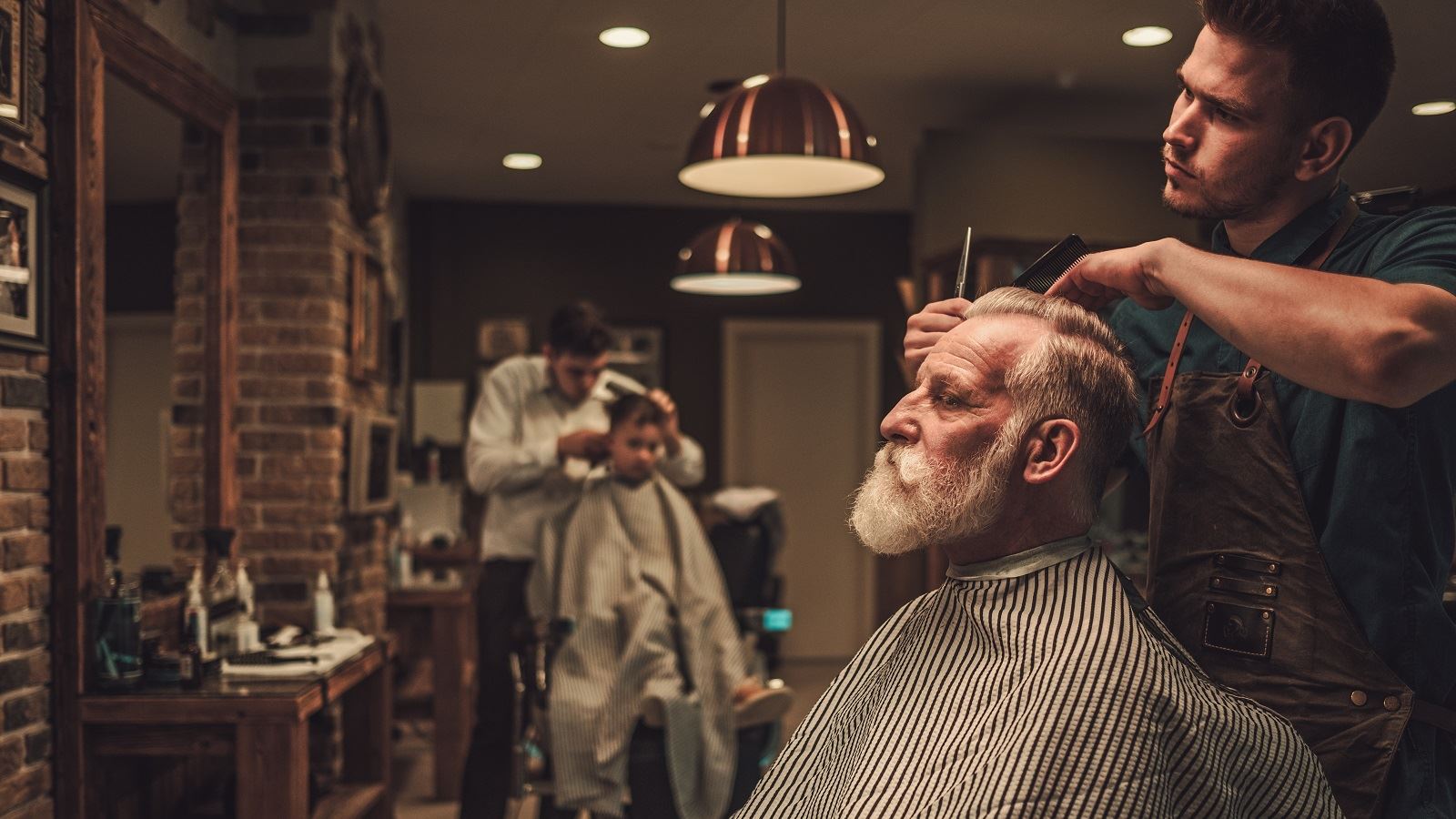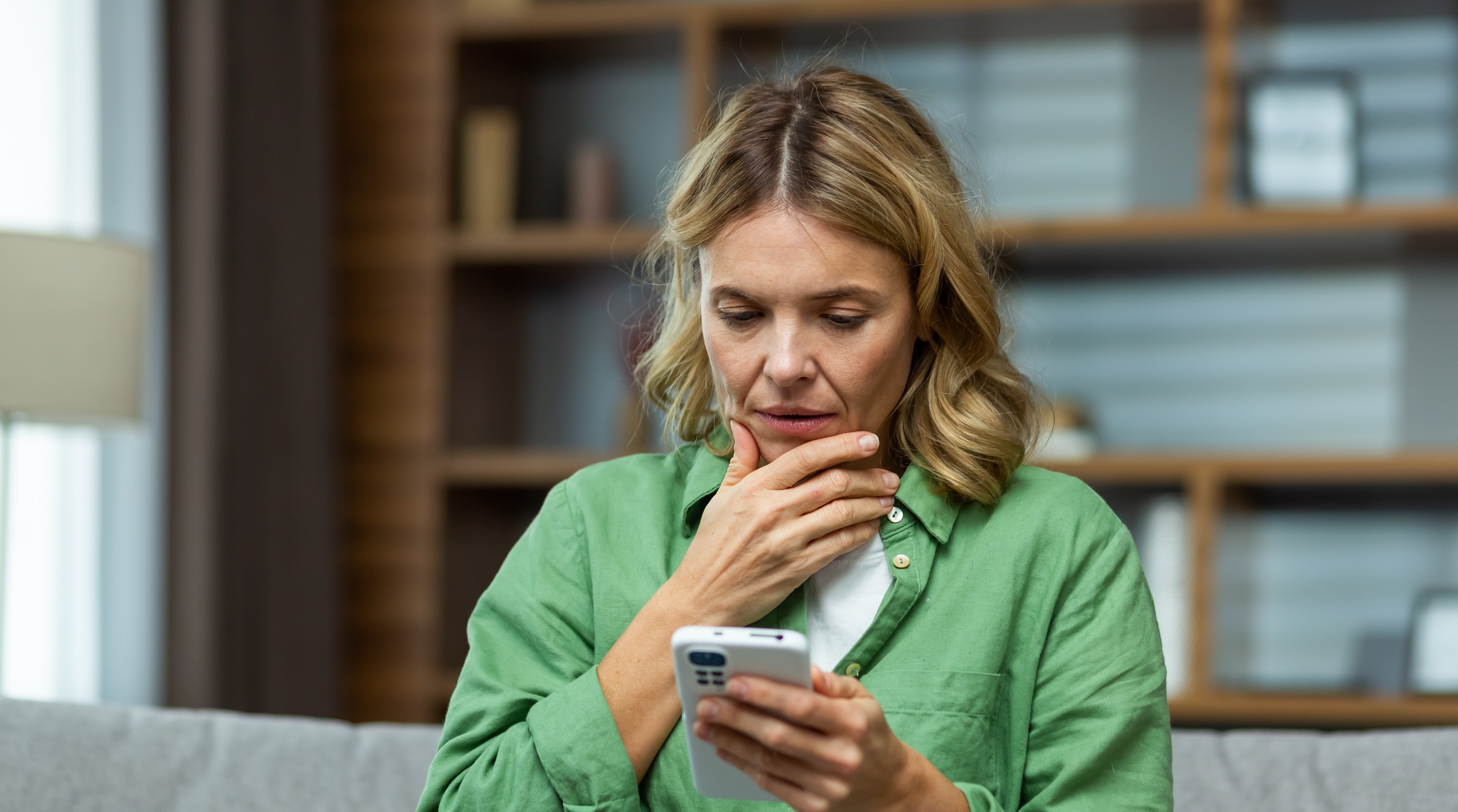Hairdressers and barbers across the country have watched in horror as their loyal clients take matters into their own hands. After months of box dye disasters and regrettable DIY cuts, there’s a real demand for professional hairdressing services.
However, new government guidance means a trip to the salon or barbershop will be a different experience to how it was before coronavirus, and businesses will need to prepare and adapt to the ‘new normal’.
The UK Government has released guidance on how hairdressers and barbers can work safely during the coronavirus pandemic. Here, AXA gives you a summary of the guidance to help hairdressers and barbers work safely and ensure their premises are ‘COVID secure’.
When can hairdressers and barbers get back to work?
While many essential businesses have stayed open throughout the coronavirus lockdown, hairdressers and barbers have had to down tools and shut shop.
The timelines, criteria and guidance as to when hairdressers and barbers were able to get back to work is different across the devolved governments of the UK.
- England - Click here for guidance
- Northern Ireland - Click here for guidance
- Wales - Click here for guidance
- Scotland - Click here for guidance
It’s always a good idea to check the advice where you live before you reopen your salon or shop, or before you get back to mobile hairdressing or barbering.
A quick glance: what could salons and barbershops look like?
- Perspex screens between chairs
- Hairdressers and barbers wearing PPE
- Contactless payments
- Appointment only
- Temperature checks
- One-way systems
- Virtual consultations
- Social distancing floor markings
- No tea, coffee or magazines
Advice for salon and barbershop owners
The coronavirus pandemic has affected every aspect of our lives across all sections of society and it certainly won’t be business as usual for salon and barbershop owners. Here’s what you’ll need to do before you can reopen your premises as well as some hints and tips to help you along the way.
Carry out a COVID-19 risk assessment
It’s important to carry out a COVID-19 Compliance Risk Assessment before you can lift the shutters and open your doors to customers again.
The risk assessment should consider what’s required to make sure safe distances can be maintained and contact points avoided or minimised. So, the risk assessment should involve examining:
- working and staff recreational areas
- floor layout
- customer footfall
- contact points between employees and customers
- whether face-to-face contact can be avoided entirely
- whether PPE (like face masks and gloves) is required
- employees and customers who are ‘shielding’
You should display this poster in your premises (which you can also use as cards or stickers) to show that you have completed a risk assessment and followed the guidance.
Hand hygiene for staff and customers
It’s more important than ever to maintain strict standards of hand and repository hygiene. Everyone working in your salon or barbershop should wash their hands for at least 20 seconds and use an alcohol-based sanitiser regularly. Try and create a culture where everyone reminds each other to wash their hands. If your customers can see that everyone is washing and sanitising their hands regularly, it’ll give them extra reassurance and they’ll feel more comfortable sitting in the chair.
It's also a good idea to have hand sanitiser at the front door so customers can use it as soon as they enter your premises.
Cleaning
The World Health Organisation (WHO) claim the virus can survive for up to 72 hours on plastic and stainless steel and 24 hours on cardboard, which is why surfaces should be cleaned and sanitised thoroughly and regularly. You might want to prepare a list of cleaning steps and make sure to tick off the following:
- Access points – take extra care when cleaning and disinfecting doors, handles, letterboxes, floors.
- Bathrooms and kitchens – need cleaned and disinfected more regularly than other areas, especially if they’re available to your customers. Kitchen areas, taps, fridges, cupboards must be cleaned and disinfected before, after and during every use.
- Work stations - Clean and disinfect each work station, chair, trolleys, drawers and any containers used for storage.
- Equipment – consider any items often handled or touched by you, your employees or your customers. This includes phones, laptops and screens and any other shared equipment (e.g. sinks)
Staggered appointments
If your salon or barbershop hasn’t used an appointment system before, now might be the time to implement one. If you’re not sure where to start, the National Hair & Beauty Federation (NHBF) has created a guide to help you get started.
It’s also a good idea to stagger your appointments and consider extended opening hours, at least at the beginnings when you initially reopen. The fewer people in your salon/barbershop at one time, the easier it will be to allow for social distancing.
Walk-ins
If you want to continue to take walk-ins, you’ll need to consider how many people can safely be in your waiting area at one time and be prepared to ask customers to wait outside if it gets too busy. To get around this, you might decide to dedicate one day a week to walk-ins and leave the rest to strictly appointment-only.
Getting your team ready
Talk to your team and make sure they understand your new ways of working and what’s expected of them. You might want to consider running training sessions to help your staff get used to the new measures and document these sessions for your records.
Take care to monitor the wellbeing of all your staff, particularly when they’re returning to work for the first time. If you or any of your staff are concerned about returning to work during the coronavirus pandemic, talk through any concerns and try to resolve them together. The NHS also has some guidance which may help.
Advice for hairdressers and barbers
Hairdressers and barbers should follow the strict government advice for ‘close contact services’.
PPE and face coverings
The British Beauty Council suggests the following PPE for hairdressers and barbers:
- Surgical face masks
- Medical grade gloves
- Disposable aprons and gowns
Whatever PPE you do decide to use, the Hair Council recommends that it should be single-use wherever possible and must be changed after each client.
For more information about PPE, visit the government’s website here.
Hand and respiratory hygiene
It goes without saying, but it’s more important than ever for hairdressers and barbers to wash their hands regularly throughout the day, particularly after sneezing or coughing, and between clients. It’s also a good idea to have a supply hand sanitizer nearby in addition to washing with soap and water.
Virtual consultation
To reduce the time you spend with each client, you might want to carry out a consultation before the they come into the salon or barbershop. A quick phone call will do if you’re seeing one of your regulars and they’re just looking for a tidy up or trim. Video chat is also great way to carry out a consultation and it’ll give you a better idea of the condition and style of hair which is especially useful if you’re working with a new client.
A virtual consultation is also the perfect opportunity to let your clients know what to expect when they visit your salon/barbershop and check they haven’t been ill during the last 14 days.
Working as a mobile hairdresser/barber in people’s homes
While the PPE and hygiene measures are the same as hairdressers and barbers working salons and barbershops, mobile hairdressers and barbers whose work involves going in and out of customer’s homes presents a different set of risks. If you’re working as a mobile hairdresser for the first time, it’s important to check to your insurance covers you for working in clients’ homes.
It’s important to only agree work in a customer’s home if they haven’t shown any coronavirus symptoms in the last 14 days. Similarly, you can’t go back to work if you or anyone in your household has symptoms.
Travelling to your clients
Under certain restrictions, you may be advised to avoid public transport if you can.
For mobile hairdressers and barbers, you’re probably more likely to be getting to and from jobs using your car. That’s why it’s important to wipe down your car after visiting every client; paying particular attention to handles and other areas where surfaces are regularly touched like the steering wheel or radio.
Where possible, you should travel alone or with as few other people as possible. If you need to travel with other people (e.g. another stylist or colourist) you should maintain good ventilation in the car by leaving the windows open.
What to ask of your clients
When you’re working as a mobile hairdresser or barber it’s important to remember that your clients have a role to play when it comes to health and safety.
- No other people in the room - To give you further protection and peace of mind, you could politely ask that your client’s family members or children aren’t in the same room you’re working in. As long as you ask sensitively and explain why, your client will understand that it’s look after and protect everyone involved.
- No COVID-19 symptoms – Before you enter your client’s home, remind them of the coronavirus symptoms (a high temperature, a persistent cough and a loss of taste or smell) and check that nobody in their household is displaying signs of having the virus.
This article was updated on 29/03/2021 and guidelines were correct at the time of upload. For the latest coronavirus advice for hairdressers and barbers, please visit the government’s website for ‘close contact’ services and check the guidance from the devolved governments in Scotland, Wales and Northern Ireland.







